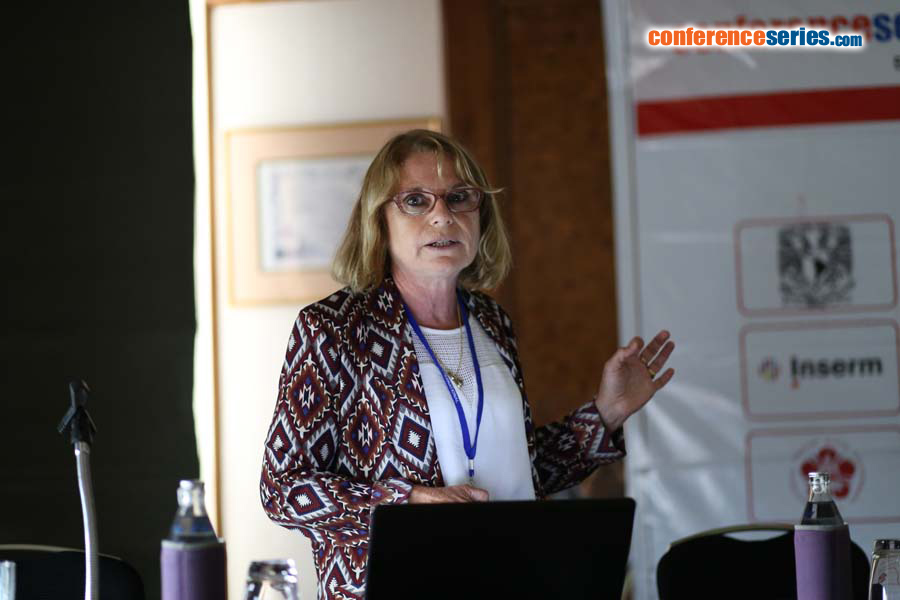
Gisèle Clofent-Sanchez
Bordeaux University, France
Title: Theranostic of atherosclerosis using human antibody-targeted multi-modal nanoparticles for in situ drug delivery
Biography
Biography: Gisèle Clofent-Sanchez
Abstract
Atherosclerosis is the leading cause of death in the world. This pathology is an inflammatory disease that results from an initial activation of the endothelial cells with further enhancement of oxidative stress, lipid and leucocyte recruitment. The lesions evolve to vulnerable plaques presenting large lipid cores covered by a thin fibrous cap at high risk of rupture and thrombi formation, thus precipitating the clinical conditions of stroke and myocardial infarction. Nowadays, there is an increasing interest in developing theranostic approaches combining molecular imaging and in situ drug delivery. Targeting the cellular and molecular components that underlie the risk of rupture is the stepping-stone for efficient imaging of vulnerable plaques and personalized therapy. Here, human antibodies (HuAbs) selected by in vivo phage-display in animal models are proposed as targeting ligands to functionalize nucleolipid-based nanoparticles loaded with iron oxide and drugs for Magnetic Resonance Imaging-guided therapy of atherosclerosis. HuAbs are mandatory for repeated use in humans in order to minimize immunogenic reactions. There is currently substantial interest to design HuAbs targeted nanoparticles with the aim of a direct translation into the clinic. Thanks to in vivo phage-display technology, the HuAb candidates have been selected for their targeting capabilities in the context of the pathology and have the potential to gain insight into the most relevant targets over-expressed in the disease by mass spectrometry analysis of immunoprecipitated antigens. In fine, efficient drug encapsulation may allow in situ drug delivery which provides main advantages over systemic administration, avoiding for example potential deleterious side effects.



